

A jackass can kick a barn down, but it takes a carpenter to build one
~ Sam Rayburn
What is carpentry? It is best defined as the art and trade of cutting, working, and joining timber. At virtually every construction site, you will find carpenters working. They're an indispensable within the construction industry. From constructing floors, to framing exteriors, and installing structures, carpenters are needed in all areas of construction.
On this industry page, we cover a wide range of carpentry topics: occupations, employment, work activities, carpenter tools, associations and organizations, and safety hazards. You may opt to continue reading to learn more about carpentry's history, carpentry occupations, and the carpenter's daily work activities; or, you can simply click the hazard warning icon and be taken directly to the safety section for this industry, its suggested PPE, and potential hazards.
We know that woodworkers and carpenters work while following this simple creed: We plane. We saw. We conquer. At MCR Safety, We Protect People. Let us highlight some valuable carpentry information and then show you how we work to protect carpenters.
The carpentry industry includes companies and establishments involved in residential construction, finishing carpentry work, and commercial and industrial construction. Carpentry is one of the oldest skills trade still in use today. Here is a look at carpentry and woodworking over the cnturies:
The Egyptians crafted coffins from wood.
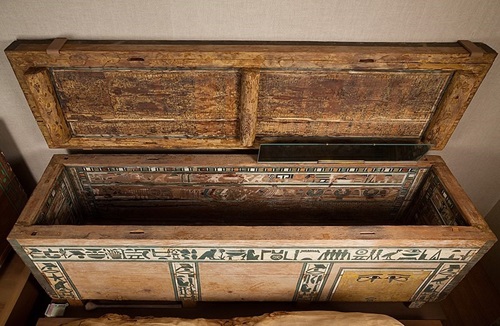
Archaeologists discovered furniture at Gordion, capital of the ancient kingdom of Phrygia, crafted from wood that dates as far back as 800 B.C.
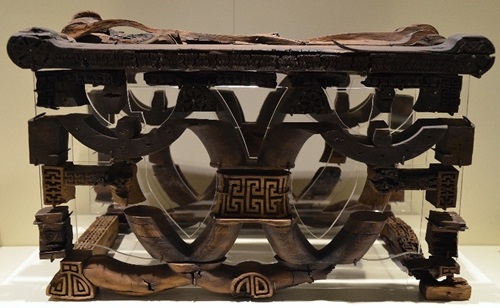
Christ is mentioned as a carpenter in the Bible.
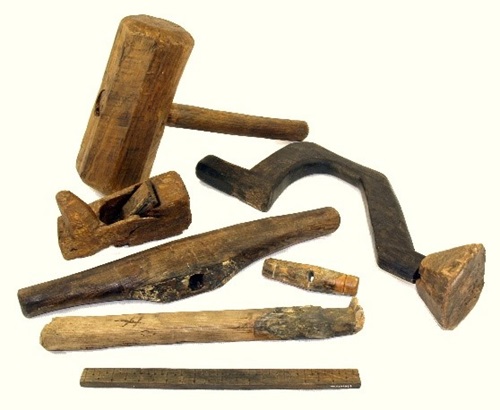
China's Nanchan temple, built in 782 A.D., is one of the oldest wooden structures in the world.

The Vikings crafted wooden ships that helped them conquer much of Europe.

Greensted Church, built during the 11th century in Essex, England during the 11th century, is the oldest surviving wooded church in existence today.

In 1623, sawmills came into existence in the U.S, generating an explosion of growth for carpenters. No longer were carpenters at the mercy of manual cutting methods. America’s plentiful forests and increased sawmill technology helped America quickly become a great nation. In addition, during the Industrial Revolution a mechanism for creating cut nails was developed, meaning carpenters no longer had to wait on hand-made nails from the blacksmith. The housing industry and carpentry were changed forever.
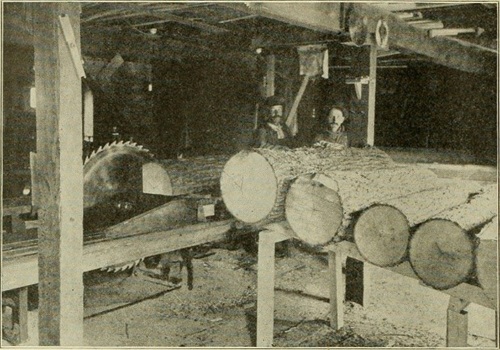
Sawmill around 1861
According to O*NET OnLine, there are some specific skills carpenters need to have to perform their job. Critical thinking is one of the fundamental skill sets required by carpenters. Construction projects are always changing, and daily activities on the job will almost never go according to plan. All it takes is for Mother Nature to throw off the timeline of a construction project, and the carpenter must turn those critical thinking skills up a notch. Another necessary skill is the ability to read and understand blueprints and building codes. Carpenters also need math skills like basic algebra and geometry , as they must precisely measure wood needing to be cut and determine the required angle
Here are some other skills and knowledge carpenters will need:
Construction Knowledge – Carpenters need an understanding of construction materials and the methods used in building structures.
Mechanical – Carpenters use numerous tools to construct buildings, including power tools and hand tools, so they must understand which tool is right for the job.
Strength – A carpenter handles heavy lumber all day long. They must be able to easily move material.
Attention to Detail – “Measure twice, cut once.” Marking and cutting materials are at the core of what carpenters do. Both require a sharp eye for details that, if overlooked, can lead to disastrous outcomes. A small measuring mistake can lead to a project completely failing and requiring costly revisions.

You’ll need to pay attention to the details as a carpenter.
Before the above skills are even tested, one must learn carpentry basics.
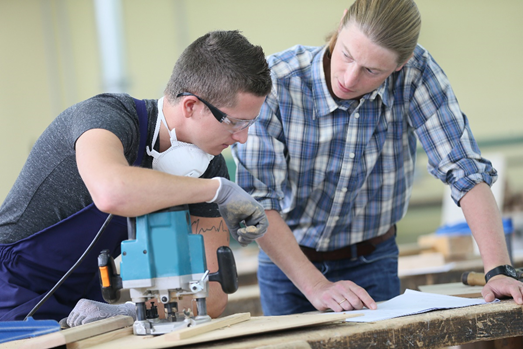
How do you learn carpentry? There are numerous ways to obtain carpentry skills that will help a person erect structures built from wood and other materials. There is the traditional route of attending a trade or vocational school and getting a carpentry certification. Those who elect to attend a trade school will take roughly 8-24 months to complete training. However, there is also a path to a career in carpentry by accepting an apprenticeship position where one learns skills hands-on from a professional carpenter. In addition to an apprenticeship or formal education, watching YouTube videos on carpentry and reading industry-leading carpentry magazines will also help aspiring carpenters learn the knowledge they require. For those who choose to pursue carpentry without a formal education, one should expect the following steps in their career path:
After obtaining the status of master, a carpenter can move on to becoming a general contractor. Once certified as a general contractor , the carpenter can oversee the carpentry aspects to entire construction projects
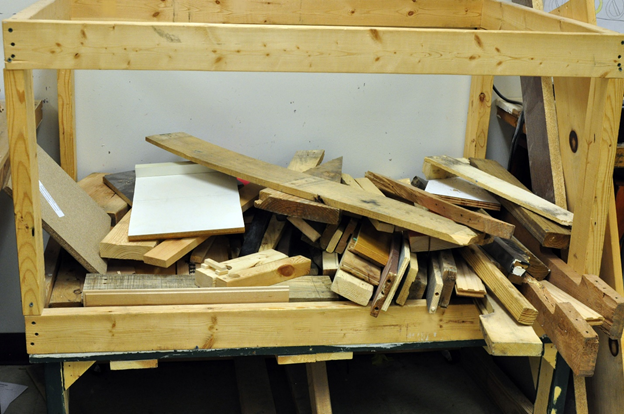
Associate degree programs in carpentry are available all over the country. Some schools stand out, such as the Houston School of Carpentry , Thaddeus Stevens College of Technology, and the Rhode Island School of Design. Other top colleges and universities with strong carpentry programs can be found here.
In 2016, the Bureau of Labor Statistics (BLS) reports that carpenters held about 1.0 million jobs across the US. Roughly 21% of all carpenters work in residential finishing carpentry, which includes additions, alterations, maintenance, and repairs. Here is where you can find carpenters employed:
| Employment Source | % Employment |
|---|---|
| Self-Employed Workers | 33 |
| Residential Building Construction | 21 |
| Non-residential Building Construction | 12 |
| Building Finishing Contractors | 11 |
| Foundation, Structure, and Building Exterior Contractors | 9 |
Here are the official employment numbers:
| Industry | Employment |
|---|---|
| Residential Building Construction | 207,180 |
| Non-residential Building Construction | 119,030 |
| Building Finishing Contractors | 115,750 |
| Foundation, Structure, and Building Exterior Contractors | 96,600 |
| Other Specialty Trade Contractors | 16,400 |
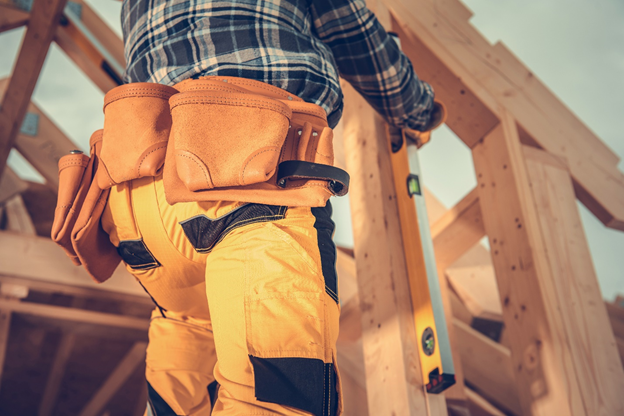
With such numerous employment opportunities found in carpentry, there is a wide number of specialties. Here is a look at some of the most common specialties within the carpentry industry:

This highly skilled carpenter performs precise and detailed work, constructing high-quality cabinets. Other areas of focus for a cabinetmaker are shelves, display cases, counter tops, and tables.
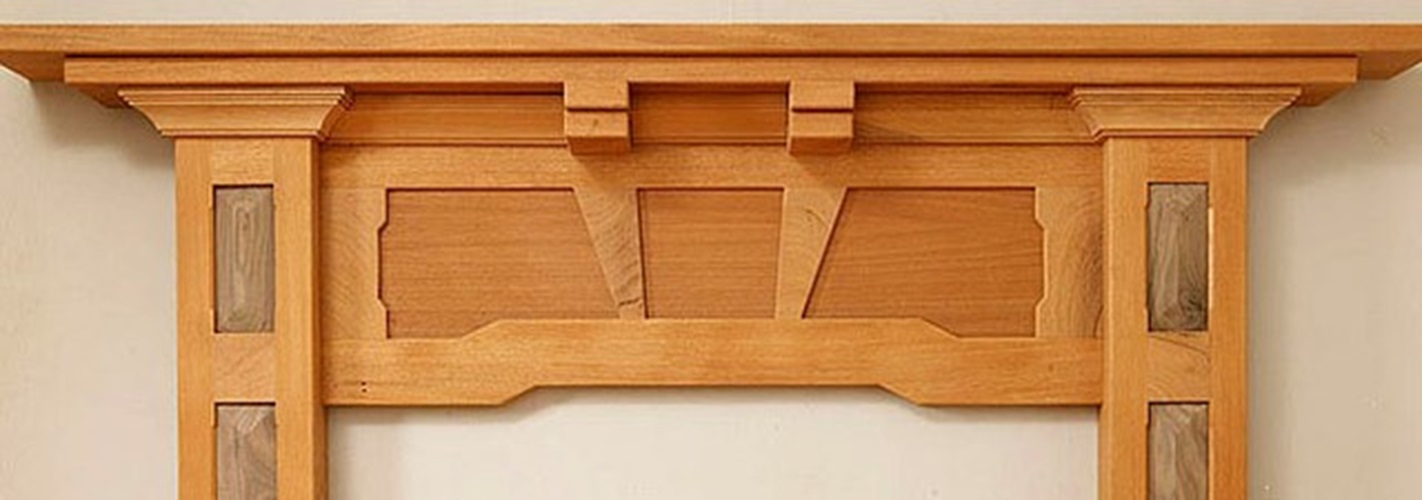
Performs the last stage in the carpentry process. The finish carpenter installs finished wood pieces, accents, and trim. These carpenters perform tasks such as installing crown molding, baseboards, and windows.
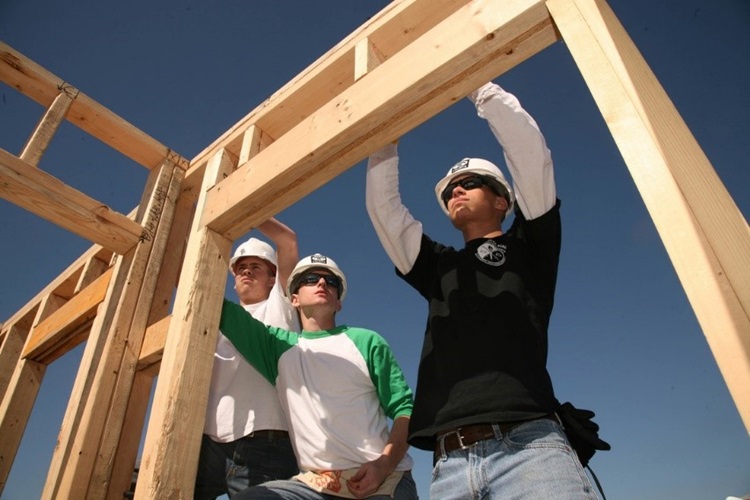
A carpenter who is involved in the early stages of a construction project. Framers are responsible for constructing the wooden framework and structures of buildings. You will find this carpenter building walls out of studs and constructing roofs using rafters.

Builds the molds and structures that retain wet concrete.
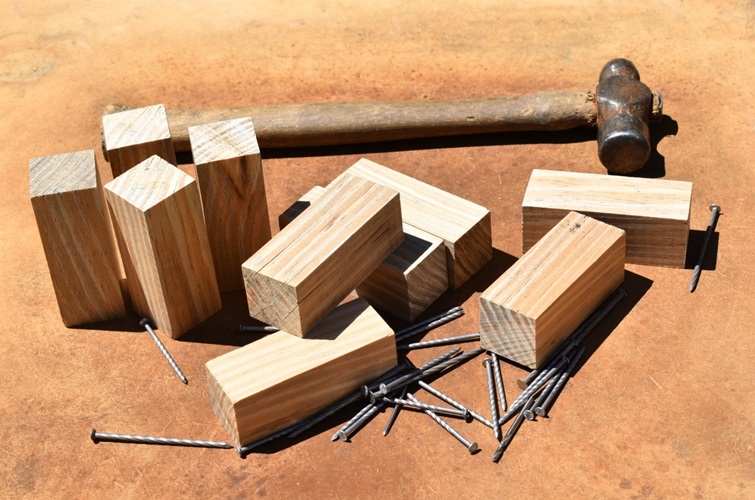
Builds things by joining woods into complex or intricate pieces.
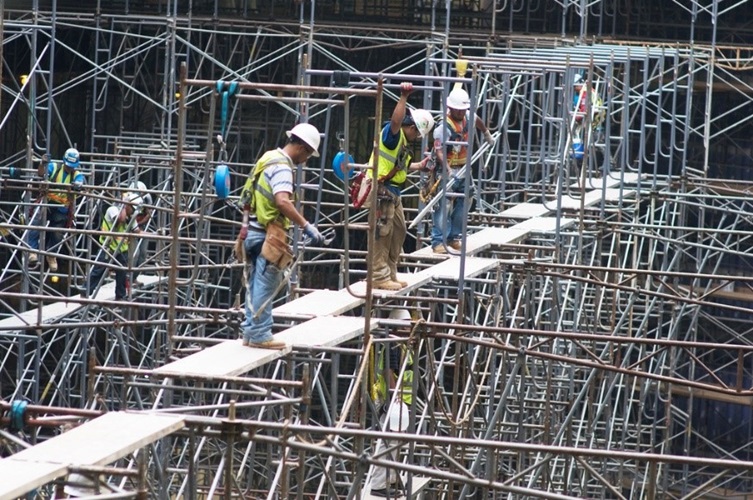
Works in civil and industrial settings. An industrial carpenter builds rafters, tunnel bracings and partitions. An excellent example of industrial carpentry is the network of underground passages found in mines.
Specialized carpenters who install pilings to hold back the earth. Pile drivers are responsible for setting a structure's initial foundation. They drive steel and wood pilings into the earth during the early stages of construction.
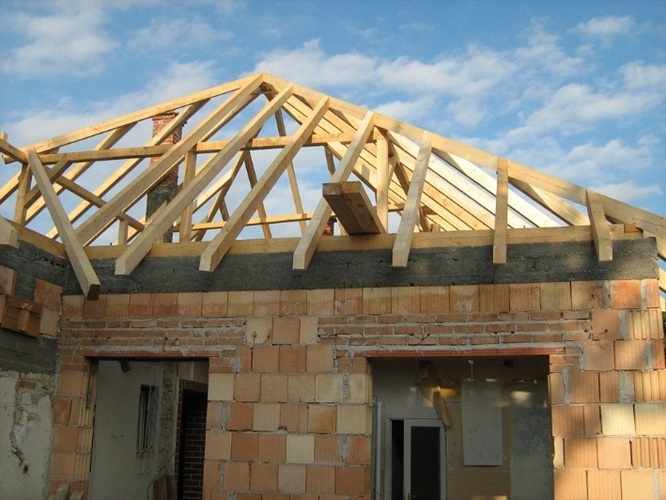
Typically specializes in the construction of new homes. A residential carpenter is the all-around worker and possess a wide array of construction site skills. You will find these carpenters doing everything from constructing and erecting structures, installing floors, and building stairs.
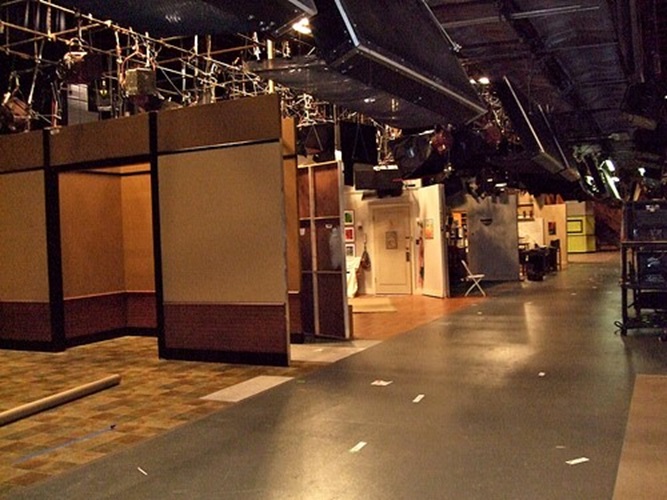
Skilled technicians who brings to life creative Hollywood sets. A scenic carpenters builds and dismantles sets used in film-making, television, and theater productions.
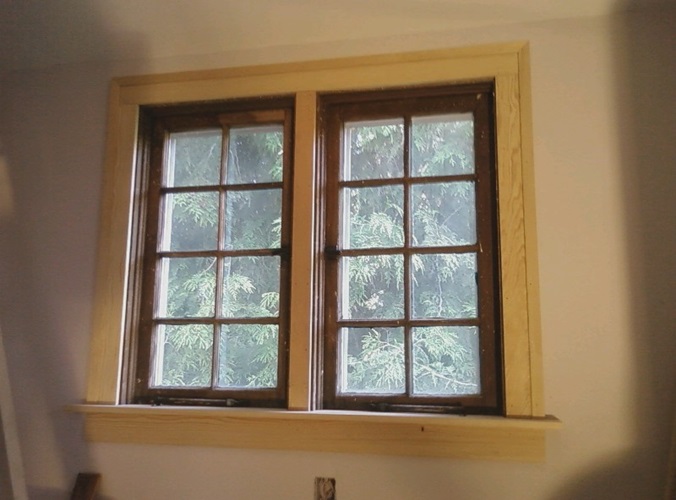
A specialized carpenter who completes highly detailed carpentry work. Installing baseboards, mantels, and window casings are their specialty. Trim carpenters perfect and finish up a project.
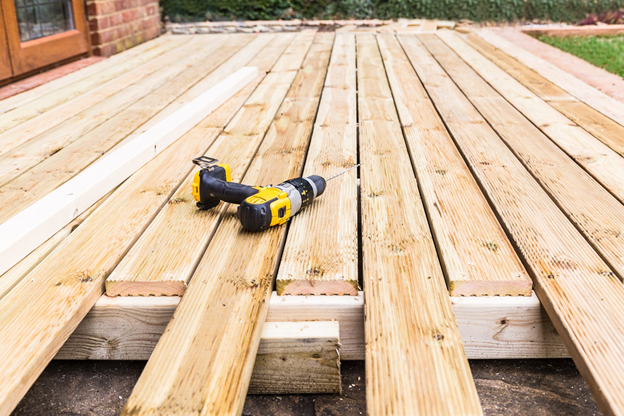
For all the specialties mentioned above, basic carpentry skills are always required. The trade requires specialization and for workers to be proficient at measuring, cutting, erecting and joining materials. Here are some of the various activities performed by carpenters:
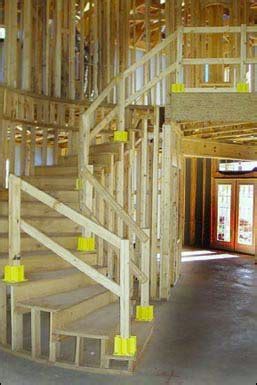
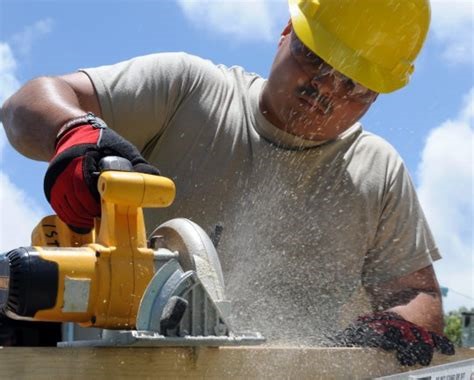

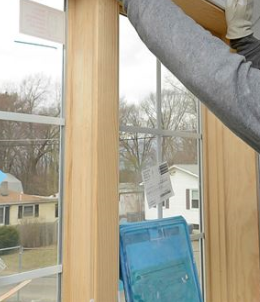
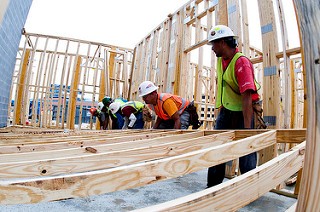
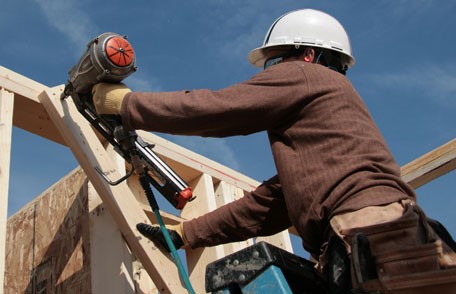
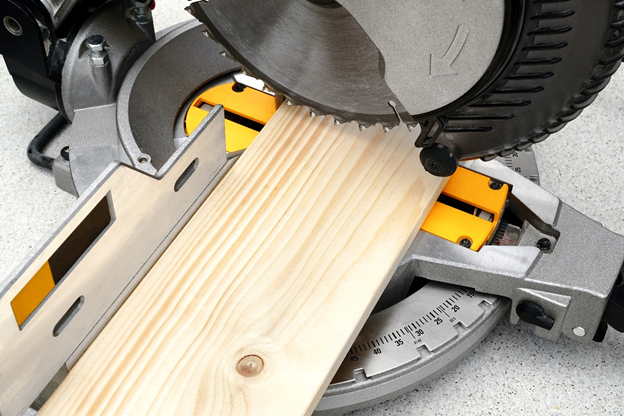
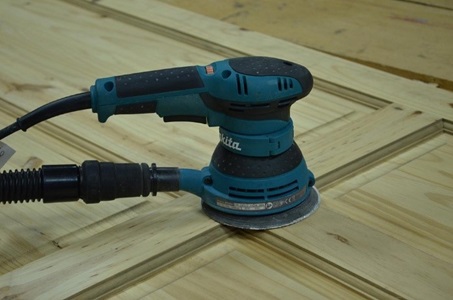
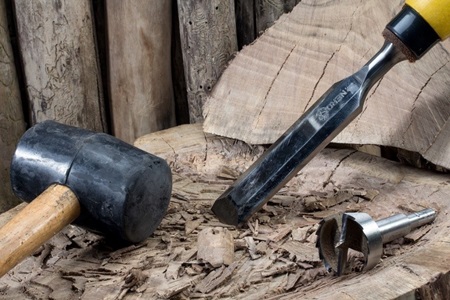

The United Brotherhood of Carpenters and Joiners of America (UBC) represents over a half million members, essentially half of all U.S. carpenters.
Checkout the UBC's resources for carpentry news, best practices, and additional carpentry information.
Other Carpentry Associations


You might think we’re referring to a carpenter's high-priced tools. But, we’re referring to the most important part of carpentry, your hands…
Carpenters may find themselves working in cramped spaces and often at Mother Nature’s mercy with variable weather conditions. Plus, carpentry is one of the most physically demanding trades, requiring the lifting of heavy materials and tools.
The demanding work shows up in the industry’s injury rate, where carpenters experience a much higher rate of injuries compared to the national average. With 4.2 injuries for every 100 workers, carpentry comes in 20% higher than the average for other U.S. industries.
Additional Safety Resources
As a carpenter, the hammer is used almost daily. However, without your hand, holding that hammer is impossible. Let MCR Safety keep you, your hands, and your entire body protected when performing carpentry work!

The number of ways a carpenter can become injured on a job site is endless. Sharp tools and flying nails are a recipe for injured hands and eyes. Carpentry ranks #9 out of 16 total construction sub-industries for workplace accidents and incidents. For every 100 people working in carpentry, there is an injury experienced by 3.1 workers.
Here are some other stats the Bureau of Labor Statistics (BLS) provides about job safety that carpenters should consider:
Carpenters rank 8th out of 16 for hand injuries, with 200 total hand injuries recorded in 2019. Handling power saws is always a safety concern for carpenters.
Compared to other construction subindustries, carpentry lands toward the bottom end of the danger meter overall. However, don't let that placement fool you. Carpentry is still a dangerous work environment and precautions should be taken to prevent injury. Here are some common sources of injuries:
Nail guns-can cause eye injuries.
Wood splinters flying in the air -can cause eye injury.
Screws and sharp tools-can puncture one's hand.
Additional hazards are outlined below.
The best defense a carpenter has from dangerous hazards that can't be eliminated is wearing the correct PPE.
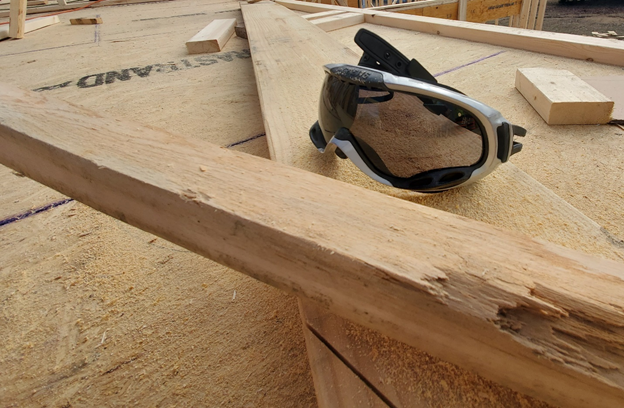
As mentioned earlier, cut injuries are a common type of on-the-job injury that carpenters suffer from. Thankfully, there are cut-resistant gloves that will keep a carpenter's hands shielded. And, as our picture above highlights, flying dust is always a concern for eyes. We carry safety goggles that every carpenter will enjoy wearing.
Here is a broad list of various personal protective equipment (PPE) MCR Safety supplies to help carpenters stay protected:
We've highlighted a lot of carpentry information and thrown several industry stats at you. The remaining part of this page showcases some of the most common carpentry hazards workers face and the different PPE options carpenters should consider wearing while performing their work.If you prefer to return to the main Construction home page, click the image below. From the home page, you'll be able to access any of the numerous construction industries we cover.
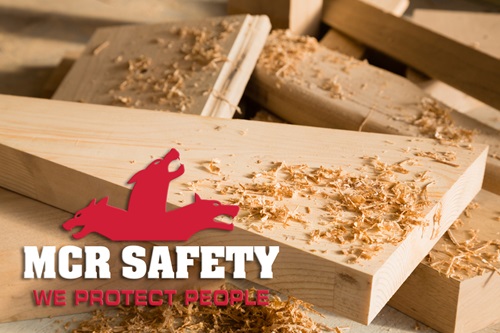
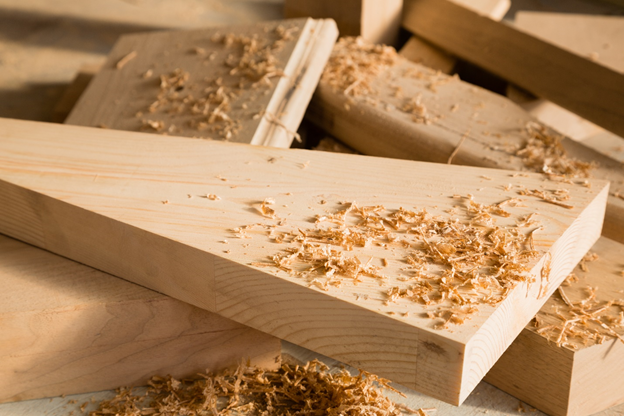
Find the right MCR Safety product that protects you against these common hazards.
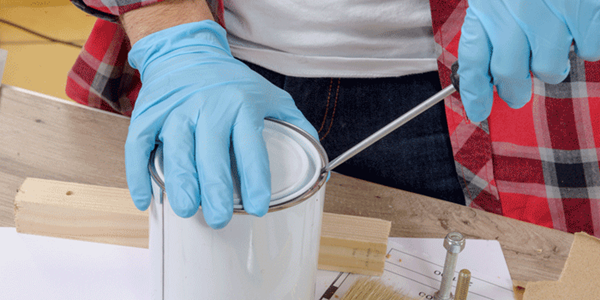
Carpenters require chemical-resistant gloves when applying epoxy to voids in wood, gluing boards into permanent positions, staining wood, sealing wood, and working with wood preservatives.
Learn More About Chemicals Protection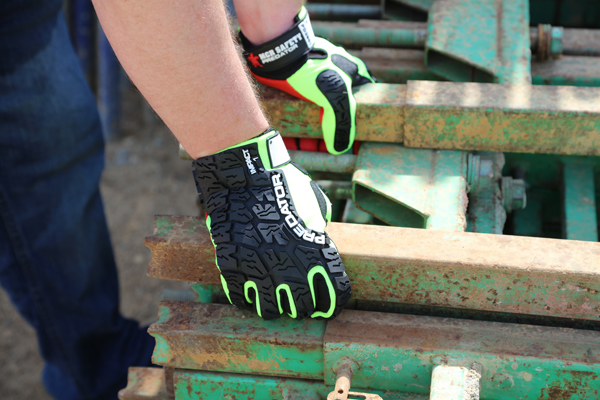
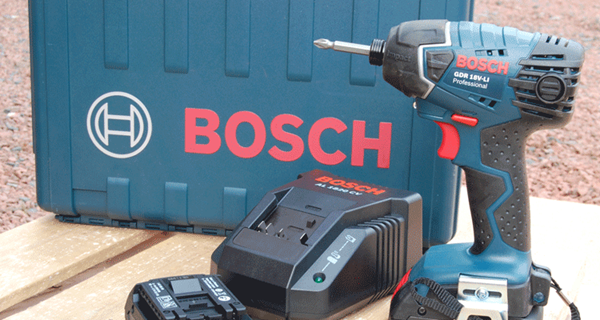
Hand-arm vibration is vibration transmitted when you use hand-held powered work equipment. Our padded D30 palm gloves help alleviate the jarring vibration that carpenters may experience using some of their power tools.
Learn More About Hand Absorption and Dissipation Protection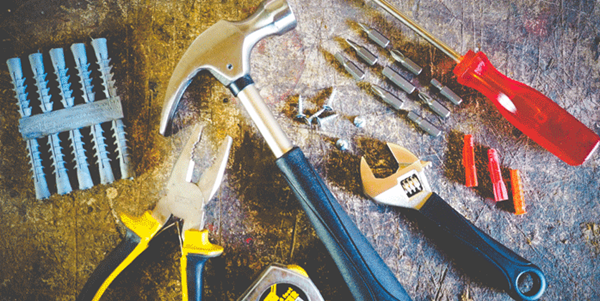
Carpenters fasten materials together with nails, screws, staples, and adhesives. They check their work to ensure that it is precisely completed.
Learn More About Handling Small Objects Protection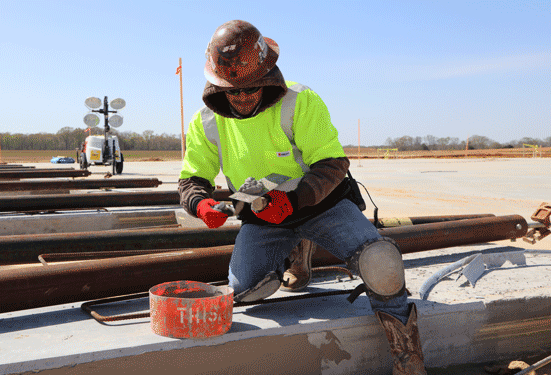
Carpenters work in a constantly changing work environment, which means they must stay seen and visible.
Learn More About Hi-Vis Protection
Cuts, crushes, and pinches are all of concern when operating powered equipment. Lifting heavy materials and heavy tools will also bang up your hands. Our cut- and impact-resistant gloves will keep your hands protected!
Learn More About Impacts and Cuts Protection
Flying wood chips, splinters, dust, and machine parts are definite concerns for this occupation. Add in the use of portable power tools like saws, drills, grinders, sanders, and nail guns and eye protection becomes a must.
Learn More About Impaired Vision Protection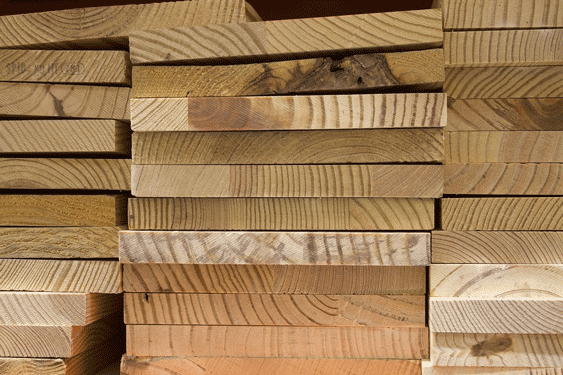
Carpenters work with a lot of materials, including sheetrock, plywood, fiberglass, wood, plexiglass, metal, and veneer. Wearing gloves while handling these materials will help keep your hands safe.

Noise is an unavoidable by-product with the use of saws, planers, and spindle molders. Our Checklite CL4 keep your eyewear close by using your earplugs as the lanyard.
Learn More About Noise Protection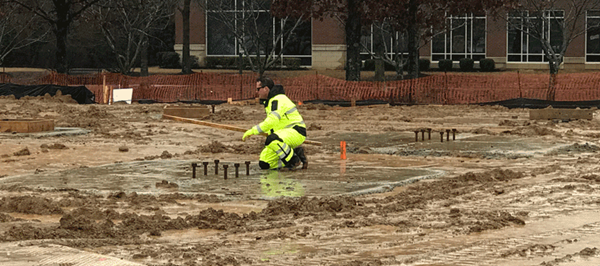
Carpenters working in outdoor conditions during the winter deserve only the best winter gear.
Learn More About Outdoor Weather Protection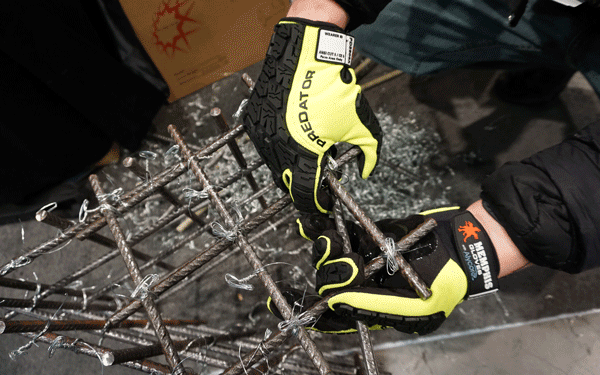
Concerned with splinters breaking through and puncturing your skin? We’ve got high-performing cut- and puncture-resistant gloves.
Learn More About Puncture Protection
Installing and joining materials always come with cut concerns. We make fashionable and high-performing cut-resistant, multitask styles!
Learn More About Sharp Objects Protection
Too much sunlight is harmful to your skin. Our long-sleeve wicking shirts are breathable, hi-vis, and will keep the sun off your arms. Plus, our shirts help keep wood shavings and wood dust off your arms. Keep in mind, our snug-fitting and flame-resistant coveralls will keep out wood dust and protect you from the sun too!
Learn More About Sun Exposure Protection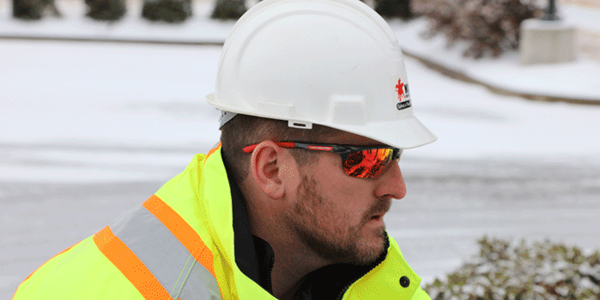
Polarized eyewear is this worker’s best friend and reduces eye strain.
Learn More About UV Protection Protection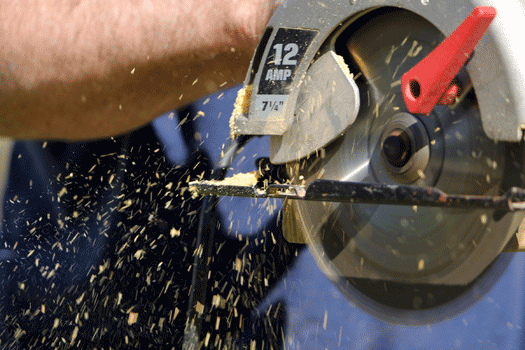
Sawing and planing wood generates a lot of dust, which can cause severe eye injuries. Lined eyewear protects carpenters’ eyes from wood dust irritation. Furthermore, the small wood dust particulates can easily work their way underneath PPE, so make sure your gloves and coveralls are close-fitting. Featherweight gloves are a great place to start!
Learn More About Wood Dust Protection Why MCR Safety Products?
Why MCR Safety Products? 
MCR Safety manufactures and supplies Personal Protective Equipment (PPE). Simply put, WE PROTECT PEOPLE! We are known world-wide for our extensive product line depth surrounding gloves, glasses, and garments spanning across numerous industries. We offer the total package of safety gear encompassing industrial gloves, safety glasses, protective garments, welding gear, industrial boots, Flame Resistant (FR) gear, face shields, and much more. From a glove standpoint alone, MCR Safety manufacturers and supplies over 1,000 different style gloves. Here are some of the many reasons MCR Safety is your go to source for PPE:
MCR Safety is recognized as a global manufacturer stretching across six countries, with both distribution and manufacturing facilities. Our core competency and specialty is manufacturing and supplying protective gloves, glasses, and garments. The information shown and provided on MCR Safety’s website, its safety articles, industry resource pages, highlighted hazards and safety equipment should be used only as a general reference tool and guide. The end user is solely responsible for determining the suitability of any product selection for a particular application. MCR Safety makes no guarantee or warranty (expressed or implied) of our products’ performance or protection for particular applications.